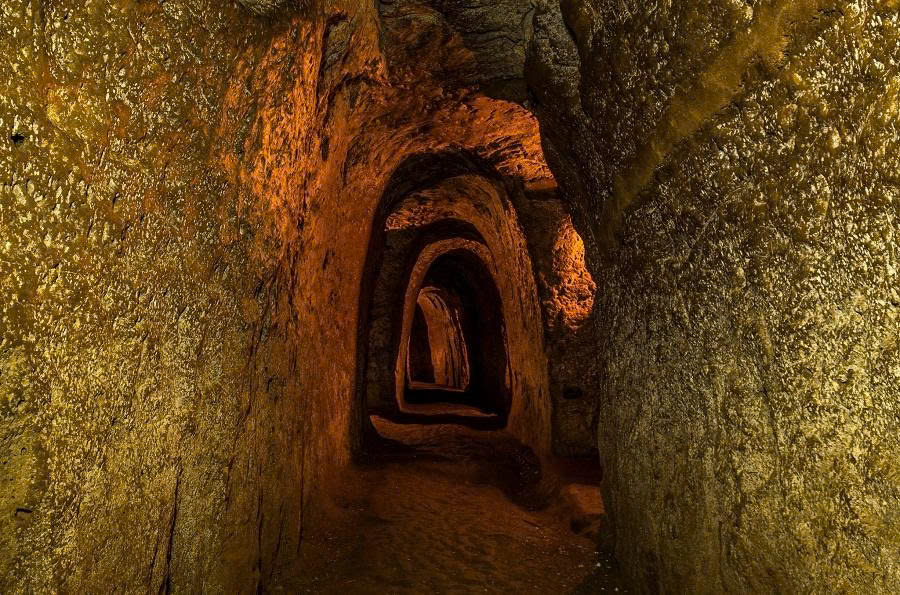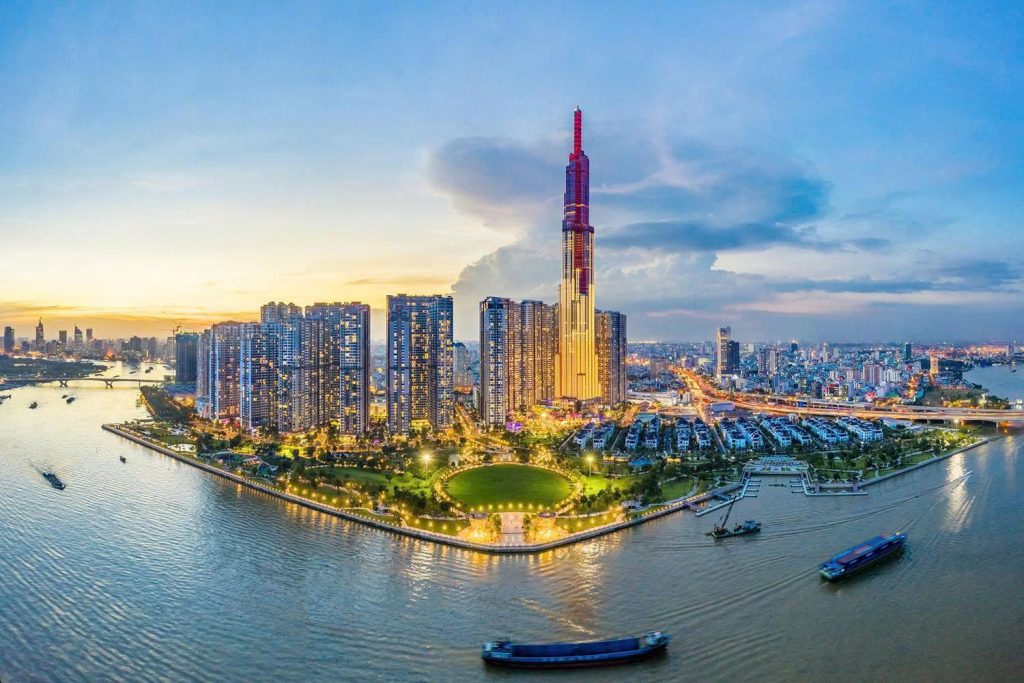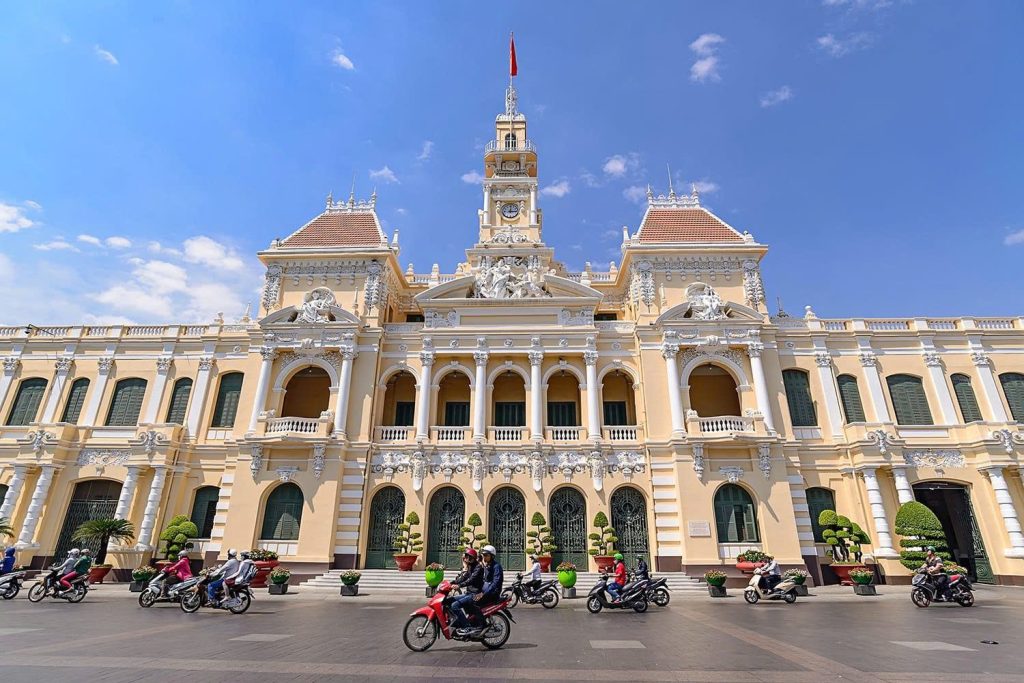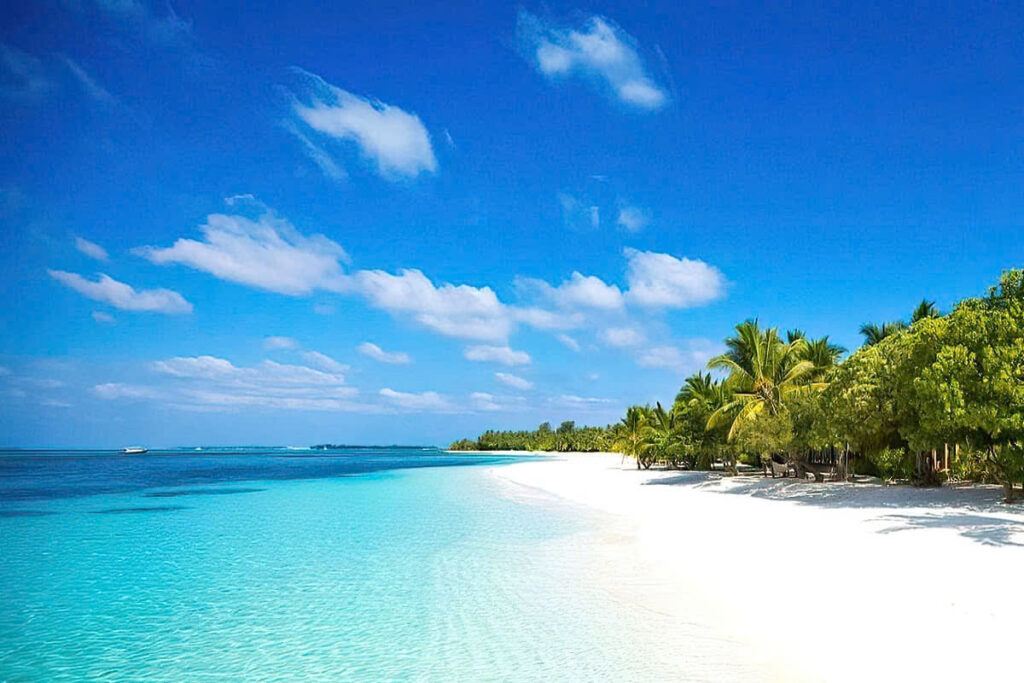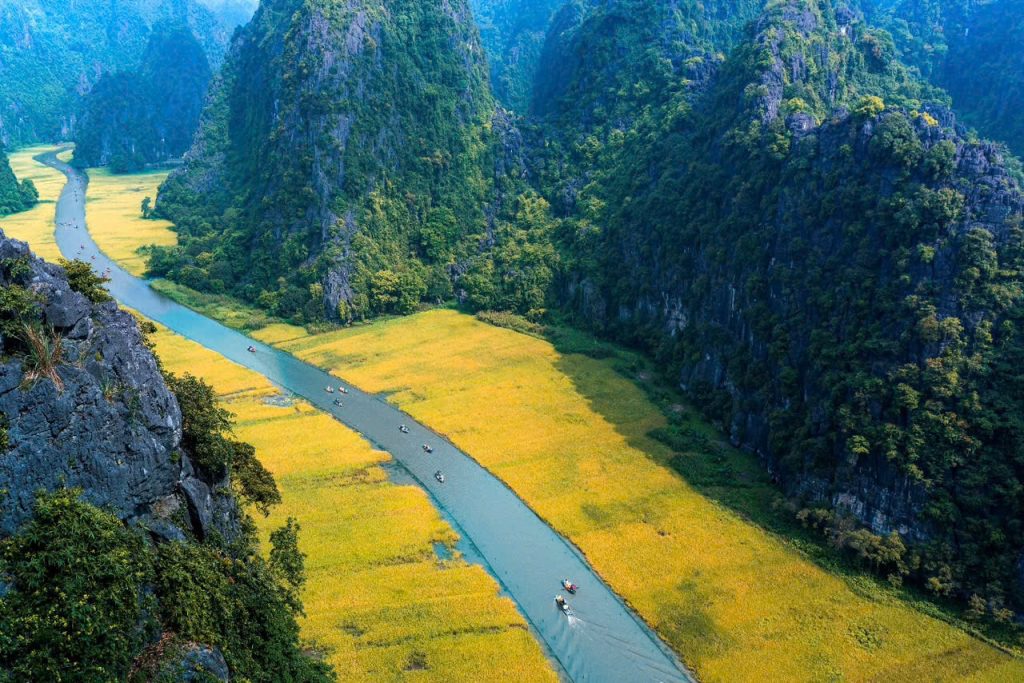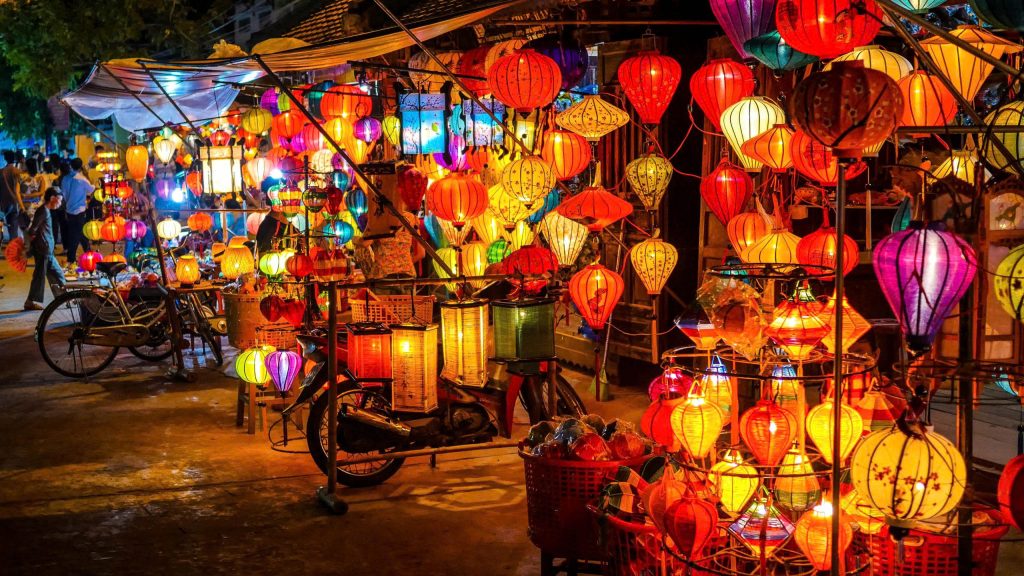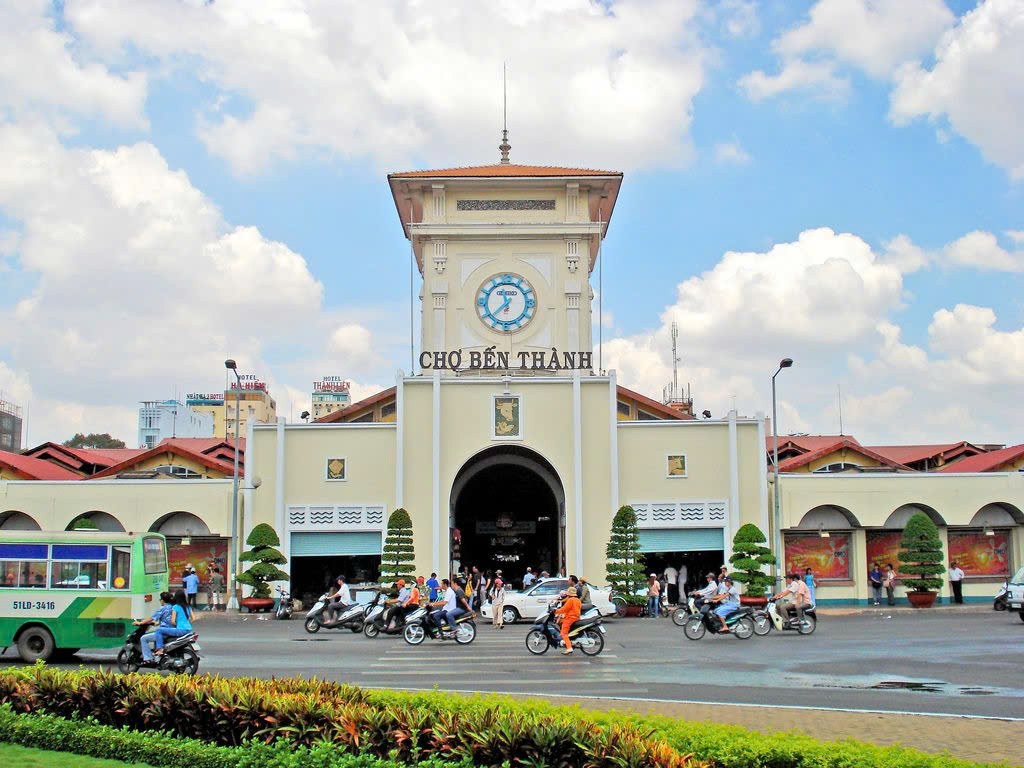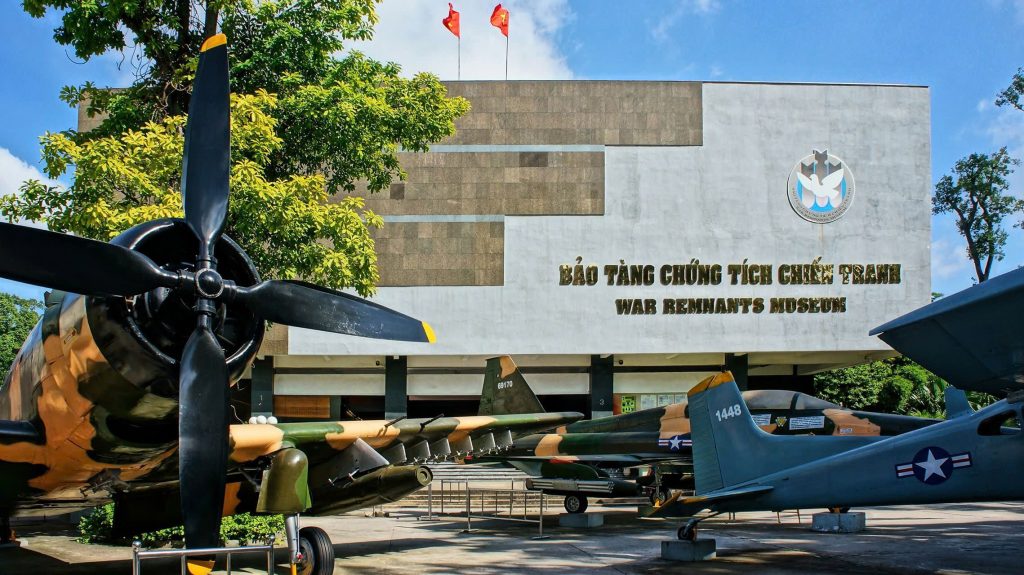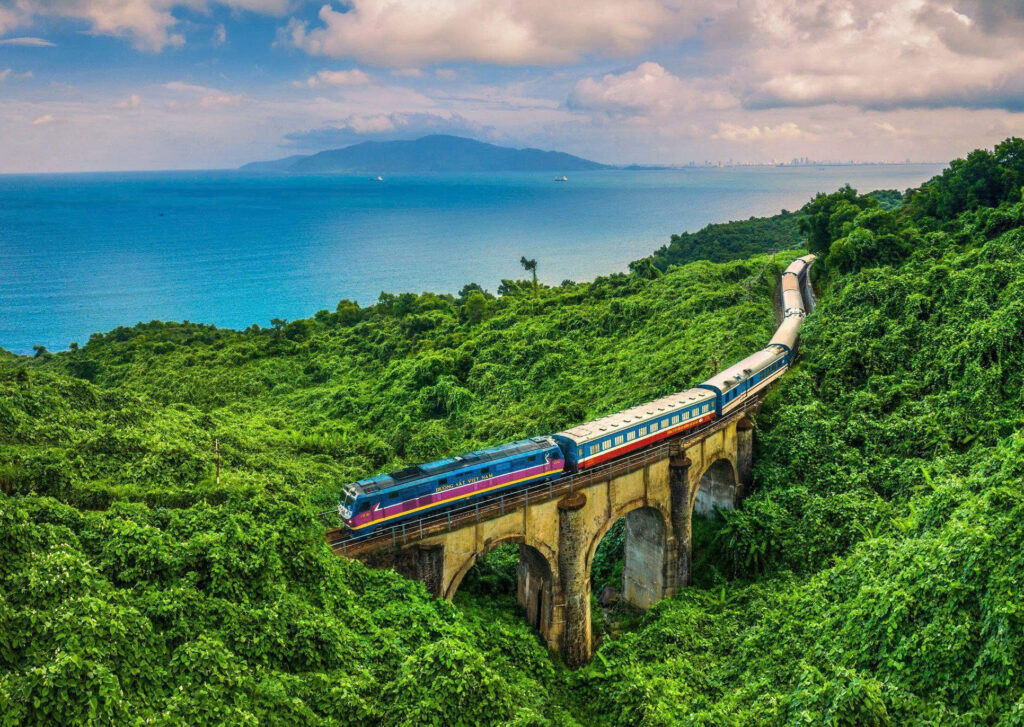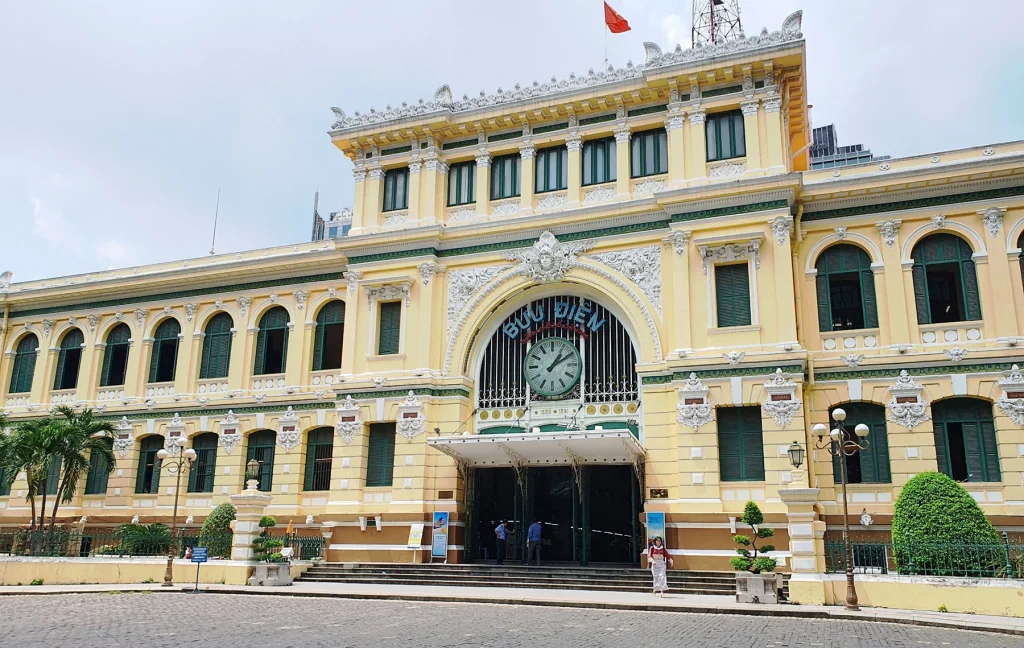For countless travelers journeying to the vibrant, chaotic, and historically profound metropolis of Ho Chi Minh City (HCMC), the Cu Chi Tunnels stand out as a pilgrimage site. This isn’t merely a tourist stop; it is a sprawling, almost mythical network of subterranean passages that serves as a tangible, powerful symbol of Vietnam’s extraordinary resilience, unwavering resolve, and the breathtaking ingenuity of its people during one of the 20th century’s most defining conflicts. Far from a simple collection of dark holes, the tunnels represent a fully realized, underground society that decisively shaped the outcome of the war.
1. The Story of the Cu Chi Tunnels – An Unyielding History of Resilience
To truly grasp the significance of the Cu Chi Tunnels, one must first immerse themselves in their historical and geopolitical context. Located approximately 70 kilometers (43 miles) northwest of Ho Chi Minh City (formerly known as Saigon), this massive, intricate, and strategic underground network was arguably one of the most pivotal military assets in the entire duration of the Vietnam War (or the American War, as it is known locally).
RELATED: Hanoi Travel Guide: Discover Vietnam’s Ancient Heart
A Marvel of Guerrilla Architecture and Military Strategy
The Cu Chi Tunnels were not conceived or constructed in a single effort; they are, in fact, the culmination of a 25-year-long, continuous, and evolutionary civil engineering project. The network’s origins trace back to the resistance efforts of the Viet Minh fighters during their war against the French colonial forces in the late 1940s and early 1950s.

However, it was during the fiercer, later conflict against the United States-backed South Vietnamese government and its allies that the network was exponentially expanded and perfected by the Viet Cong (VC) forces. The tunnels grew from simple, short hideouts into an elaborate, multi-layered, and interconnected subterranean system—a true hidden city beneath the battlefield.
This ingenious underground world served as the indispensable backbone for the VC’s highly effective guerrilla warfare tactics. The strategic advantages offered by the tunnels were paramount:
- Surprise and Evasion: The tunnels allowed VC soldiers to seemingly materialize out of the earth, execute devastating surprise attacks against US bases and logistical convoys, and then vanish without a trace, confounding and demoralizing their technologically superior adversaries.
- Logistics and Communication: They provided secure, hidden channels for the swift movement of troops, the silent transport of essential weapons, ammunition, and food supplies, and the maintenance of a reliable, unbroken communication network across the heavily contested terrain.
- Protection and Sanctuary: Crucially, the tunnels offered absolute protection from the relentless, heavy aerial bombardment and artillery fire that characterized the war in the region, including the infamous B-52 carpet bombing runs that decimated the surface landscape.
The Cu Chi Tunnels quickly became a constant, maddening source of frustration for the American forces, who were consistently unable to fully locate, neutralize, or permanently dismantle the dedicated Viet Cong units operating with impunity right beneath their feet.
The Anatomy of a Hidden City: Life Underground
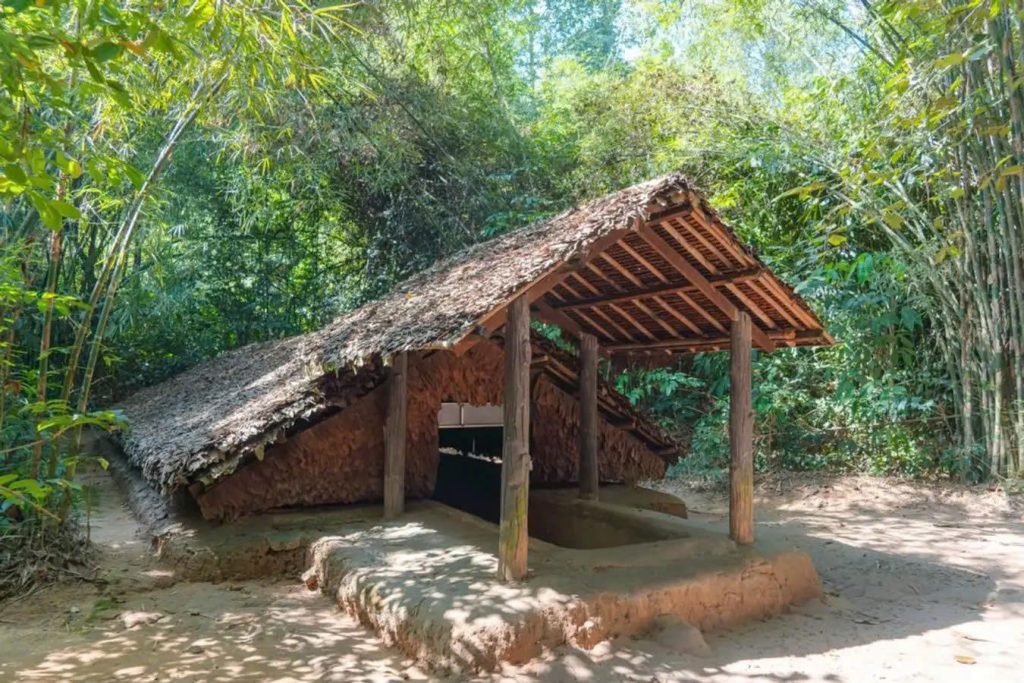
The mere existence of the tunnels is a testament to human determination, but their function as a complete society is truly astonishing. Life within the cramped, often pitch-black, suffocatingly humid, and perpetually dangerous confines of the tunnels was a sustained test of endurance. Yet, the Viet Cong transformed the network from simple fighting trenches into a fully operational, self-sufficient, hidden civilization:
- The Multi-Level Design: The system was excavated in up to three distinct layers of increasing depth, designed to withstand various levels of surface attack. The upper level was typically 3 meters (10 feet) deep, the middle level 6 meters (20 feet), and the deepest level could reach 8 to 10 meters (26 to 33 feet) below ground.
- Extensive Facilities: Beyond simple sleeping quarters, the tunnels housed every necessary facility for sustaining life and military operations:
- Field Hospitals and Operating Theaters: Capable of performing complex surgical procedures in the darkness.
- Kitchens with “Smokeless” Stoves: These ingenious devices were designed to channel cooking smoke through long, indirect underground flues, dispersing it subtly over distance and through multiple, camouflaged vents, often disguised as termite mounds, preventing detection by US aircraft and thermal sensors.
- Command Centers and Meeting Rooms: Large enough for high-level military planning sessions.
- Weapons Storage and Maintenance Workshops: Where damaged weapons were repaired and ammunition was stored safely.
- The Water Problem: Access to and storage of clean water was essential, with many sections designed to collect rainwater or connect to natural underground sources.
The entire 250-kilometer (155-mile) long network (though much of it has since collapsed or been closed) represents a phenomenal feat of unmechanized engineering. The builders—often local peasants and soldiers using only simple hand tools like hoes and baskets—had to contend with hard clay, the constant risk of collapse, and the need for flawless camouflage. The presence of cleverly concealed, almost invisible trapdoors and meticulously hidden ventilation shafts ensured the system’s secrecy.
The story of the tunnels is, at its core, a narrative about the courage, dedication, and superhuman will of those who endured and fought in these harsh conditions, making it a foundational element of modern Vietnam’s historical identity.
RELATED: Ho Chi Minh City Guide 2026: Culture, Food & Nightlife
2. Exploring a Subterranean Legacy

Today, the Cu Chi Tunnels function as a deeply important historical memorial park and a key educational site. Visitors are given a unique, hands-on opportunity to walk the grounds and, critically, enter the world of the Viet Cong soldiers.
Understanding the Two Key Visitor Sites
When planning your trip, it is crucial to understand that there are two main sections of the tunnels open to the public, offering distinct experiences:
2.1. Ben Dinh Tunnels (The Tourist Hub)
- Location & Accessibility: This site is closer to Ho Chi Minh City and is by far the most popular and readily accessible option for international tour groups.
- The Experience: Ben Dinh is essentially a reconstructed and heavily modified section of the original tunnel system. The tunnels here have been widened and reinforced considerably to safely accommodate the larger stature of Western tourists and to ensure maximum visitor safety.
- Best For: First-time visitors, those on short half-day tours, families, or individuals who are particularly concerned about claustrophobia or physical fitness, as the modified tunnels are easier to navigate. It offers a comprehensive, comfortable, and highly educational overview.
2. 2. Ben Duoc Tunnels (The Memorial Site)
- Location & Accessibility: Located further away, requiring a longer and more expensive journey.
- The Experience: Ben Duoc is a larger, more original, and less modified section of the sprawling tunnel network. It is revered more as a formal memorial site and is frequently visited by Vietnamese people, including veterans and students. The atmosphere is generally quieter, less commercial, and often feels more somber and authentic. The tunnels themselves are closer to their original, extremely narrow dimensions (though some sections are still widened).
- Best For: History enthusiasts seeking a deeper, less tourist-centric experience, those with a full day to dedicate, or visitors wishing to see the dedicated Cu Chi Tunnels Memorial Temple (Đền Bến Dược) located on the site.
Note: The vast majority of standard tours originating from Ho Chi Minh City will take you directly to the Ben Dinh section.
You also may like: Halong Bay vs Lan Ha Bay: Your Best Cruise Pick
The Unforgettable Highlights of a Tunnel Tour
A visit to Cu Chi is a multi-sensory journey that transcends a simple walk-through:
The Subterranean Crawl: A Moment in History
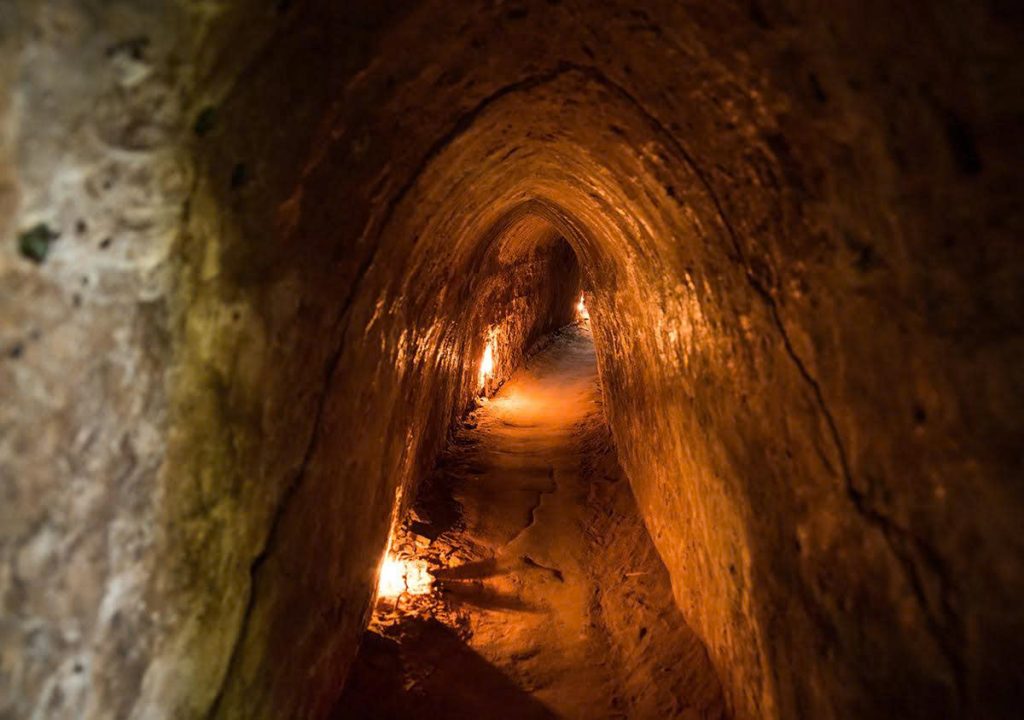
The opportunity to crawl through a section of the tunnel is the undisputed main attraction and the visceral high point of the visit.
- The Reality Check: You will be led down a set of stairs and into a tunnel entrance. While the section you enter has been deliberately widened (in the Ben Dinh site, to about 1.2 meters high and 0.8 meters wide) and often fitted with low lights, the experience is still incredibly confining.
- The Challenge: Visitors can choose the length of the tunnel they wish to attempt (ranging from short 20-meter sections up to 100 meters). As you stoop, squat, and often crawl through the darkness and humidity, you get a palpable, albeit brief, sensation of the immense physical and psychological pressure the original soldiers endured daily.
- Tip: Do not feel obligated to complete the tunnel crawl if you feel unwell or claustrophobic. The entrances are spaced out, allowing you to easily exit and observe from the surface. The tunnels are also extremely dusty and muddy in places; wear clothes you don’t mind getting dirty.
Discovering the Art of Camouflage and Defense
The surface portion of the tour is equally enlightening, focusing on the defense mechanisms and the ingenuity of the Viet Cong:
- The Trapdoors: Guides will demonstrate the incredibly tight, camouflaged, and almost invisible entrances to the tunnels. Watching a guide lift the small, circular lid of earth and foliage to reveal the tiny drop-hole is a powerful illustration of why the US forces, known as “G.I.s” (Government Issue), had such difficulty locating them.
- Booby Traps: A morbid but fascinating display showcases the various cunning and often gruesome booby traps that protected the area. These include:
- The Punji Stake Trap: A covered pit concealing sharp bamboo or metal spikes.
- The Mace Trap: A rotating or swinging spiked log concealed at head height.
- The Window Trap: Designed to injure an arm or leg reaching into a small hole.
Guides meticulously explain how these low-tech, psychological weapons were designed not just to kill but, crucially, to wound, thereby diverting medical resources and lowering morale.
- Reconstructed Life: You will walk past full-scale, reconstructed examples of the underground facilities—the kitchens, the command posts, the field shoe-making workshops, and the resting areas—helping to paint a complete picture of the “hidden city” lifestyle.
RELATED: Vietnam Travel Guide: Visa, Costs & Essential Tips 2026
The Firing Range: A Unique, Loud Experience

For a truly unique, albeit controversial, interactive experience, both sites host an on-site firing range.
The Opportunity: Visitors are permitted to fire a selection of real, authentic military firearms used during the conflict, including the Soviet-designed AK-47 assault rifle (the staple of the Viet Cong) and the US-designed M16 rifle.
The Cost and Getting around: This activity is entirely optional and comes at a significant additional cost. The price is determined by the specific type of weapon chosen and the number of bullets (usually purchased in increments of 10) the visitor decides to fire.
Warning: The firing range is an extremely loud, high-octane experience. Ear protection is provided and mandatory. It is essential to be aware of the military context of the activity and approach it respectfully.
A Taste of Wartime Rations
Most tours conclude with a simple, yet poignant, food demonstration:
- The Staple: Visitors are typically served boiled cassava root (sắn), a dense, starchy tuber that was a staple survival food for the soldiers living underground when regular rice supplies were cut off.
- The Dipping Sauce: The cassava is often served with a simple but delicious mixture of crushed peanuts, sesame seeds, and sugar or salt.
- The Connection: This small, humble meal provides a meaningful, tangible connection to the material realities and deprivations faced by the soldiers who relied on this basic sustenance to maintain their resistance.
You also may like: Halong Bay vs Lan Ha Bay: Your Best Cruise Pick
3. Planning Your Visit – A Practical Travel Guide for Cu Chi
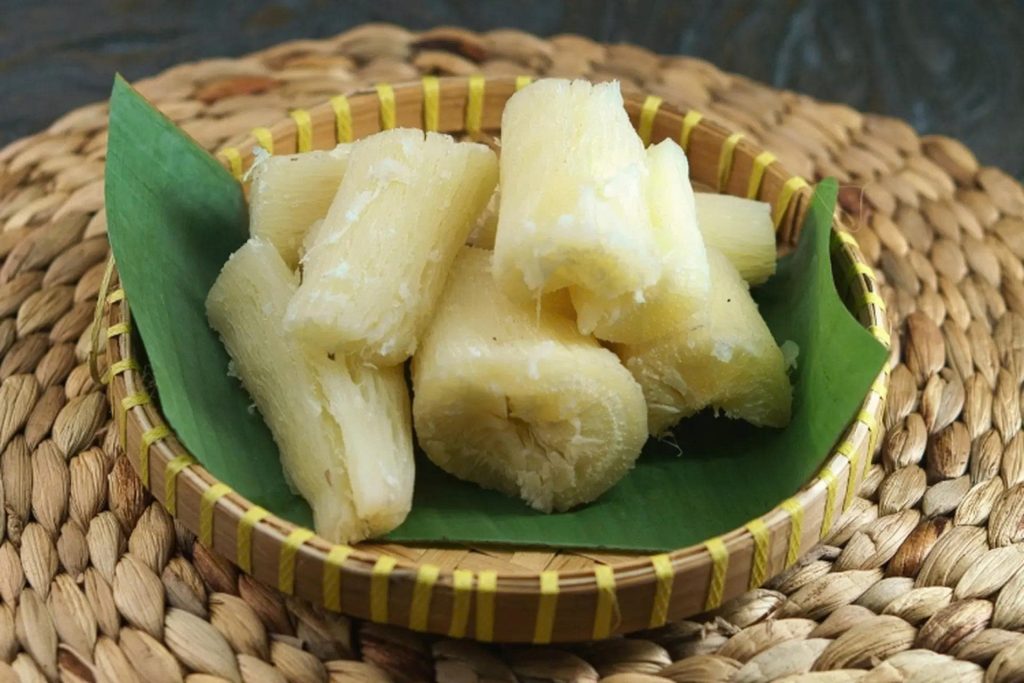
The Cu Chi Tunnels are a perfect half-day or full-day excursion from Ho Chi Minh City. Planning your logistics ahead of time will ensure a smooth and insightful trip.
Getting to the Cu Chi Tunnels: Your Transportation Options
Since the tunnels are outside the city center, transportation is a key consideration:
| Getting Around | Description | Travel Time (One Way) | Cost | Pros & Cons |
| Organized Tour (Highly Recommended) | The easiest and most popular option. Tours usually include a comfortable, air-conditioned minibus or van, admission tickets, and a highly knowledgeable English-speaking guide. | 1.5 – 2 hours | Medium to High (Varies by duration/inclusions) | Pro: Zero logistics, expert commentary, comfortable. Con: Fixed schedule, moves at the group’s pace. |
| Public Bus (The Budget Option) | Take Bus #13 from the 23/9 Park Bus Station (near the backpacker area) to the Cu Chi Bus Station, then transfer to Bus #79 to reach the tunnels. | 2.5 – 3 hours | Very Low (Extremely Budget-Friendly) | Pro: Cheapest option, authentic local experience. Con: Very slow, requires transfers, no guide commentary. |
| Taxi or Ride-Sharing (Flexibility) | Hiring a dedicated taxi or using a service like Grab (Vietnam’s version of Uber/Lyft) for a round trip. Negotiating a fixed price with a driver for the wait time is essential. | 1.5 – 2 hours | High (Must cover return trip and waiting time) | Pro: Maximum flexibility, private. Con: Expensive, driver may not wait, driver is not a guide. |
| Speedboat Tour (The Scenic Route) | A luxury, faster, and more scenic option that travels up the Saigon River. | 1 hour 15 minutes | Highest (Premium Price) | Pro: Quick, highly comfortable, excellent views of the riverside life. Con: Most expensive option. |
Cost Breakdown and What to Expect to Pay

Understanding the costs helps with budgeting for the day:
- Entrance Fee: The standard entrance ticket for international visitors to the Cu Chi Tunnels (both Ben Dinh and Ben Duoc) is typically around 260,000 VND (approximately $10-12 USD). This fee covers your site access and the mandatory local site guide who will accompany your group.
- Tour Price: If you book an organized tour, the price will include transportation, the main entrance fee, and the guide. Prices for a half-day tour usually start around $20-35 USD per person, depending on the operator and inclusions.
- Optional Extras (Not Included):
- The Firing Range: This is paid for separately on-site. Expect costs to start from around 600,000 VND for a short burst (10 bullets) and increase significantly depending on the weapon and quantity of ammunition.
- Food and Drinks: Any snacks, water, or extra food beyond the complimentary cassava root will be an additional cost.
4.Essential Practical Tips for a Rewarding Visit
Timing is Everything:
-
- Avoid the Midday Heat: Vietnam’s tropical climate makes the hours between 11:00 AM and 2:00 PM brutally hot. Aim to book an early morning tour (departing HCMC around 7:00 AM) or an afternoon tour (departing around 1:00 PM) to avoid the worst of the sun and the largest peak-hour crowds.
What to Wear and Bring:
-
- Footwear: Wear closed-toe shoes or sturdy trainers. Flip-flops are highly discouraged. The ground is uneven, often dusty, and can be muddy, especially inside the tunnels.
- Clothing: Opt for light, comfortable, and breathable clothing that you don’t mind getting dirty. Shorts or light trousers work well.
- Essentials: Bring a bottle of water, a hat, sunscreen, and crucially, high-quality insect repellent. The surrounding jungle area is rich with mosquitoes.
Physical and Psychological Preparedness:
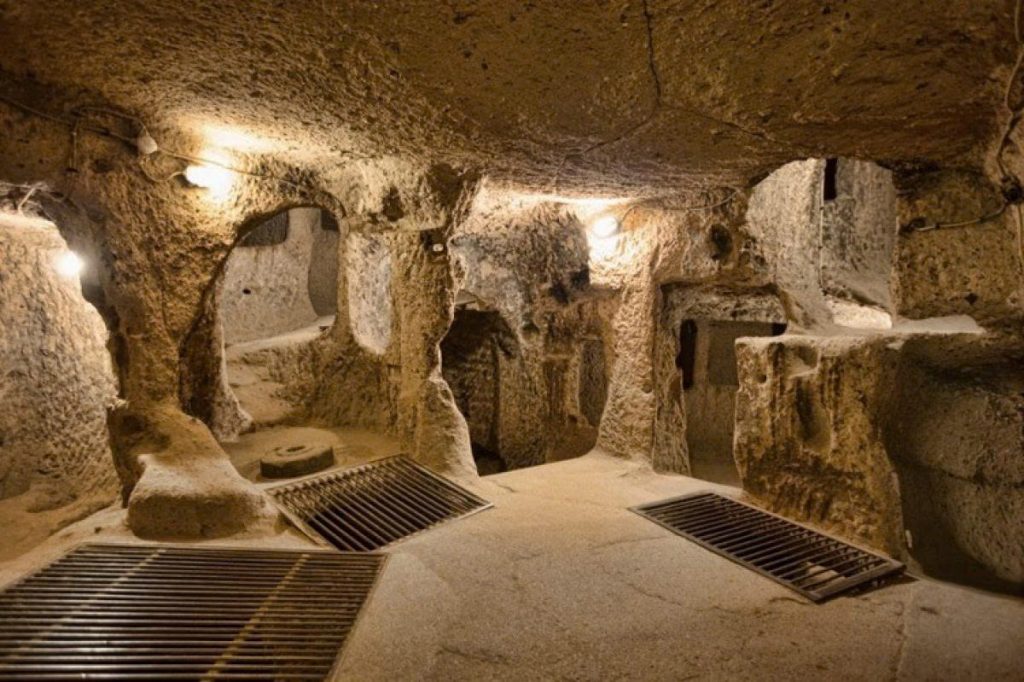
-
- Claustrophobia: If you suffer from claustrophobia or are extremely uncomfortable in small, confined spaces, seriously consider skipping the tunnel crawl. You will still gain significant value and insight from the surface exhibits.
- Mobility: The tunnels require crouching and crawling. The complex also involves a lot of walking over uneven terrain. Visitors with significant mobility issues should observe the site from the surface, where viewing the reconstructed areas is still possible.
Connect the Historical Dots:
-
- To gain a truly balanced and comprehensive understanding of the conflict, it is highly recommended that you visit the War Remnants Museum in Ho Chi Minh City either before or after your trip to the Cu Chi Tunnels. The museum offers a powerful, graphic, and often emotionally challenging perspective from the Vietnamese side, providing a necessary context to the ingenuity and resilience demonstrated at Cu Chi.
RELATED: Best Time to Visit Vietnam: Weather by Month & Tips
The Củ Chi tunnels are far more than a historical footnote or a network of dirt trenches. They are a monument to human endurance, a military masterclass in asymmetric warfare, and a powerful repository of Vietnam’s national story.
Stepping into the dark, damp heat of the subterranean world, even for a moment, shifts the perspective from dry history to visceral reality. It is a journey that instills a deep appreciation for the ingenuity, the sacrifice, and the unbreakable spirit of the people who conceived and defended this hidden city for over two decades.
Whether you are a dedicated history enthusiast, a curious traveler seeking to understand the root of a nation’s identity, or simply someone looking for an unforgettable day trip, a visit to the Cu Chi Tunnels is non-negotiable on any comprehensive Vietnam itinerary. Go ahead, step into history, and discover for yourself the depth of this incredible underground world.

